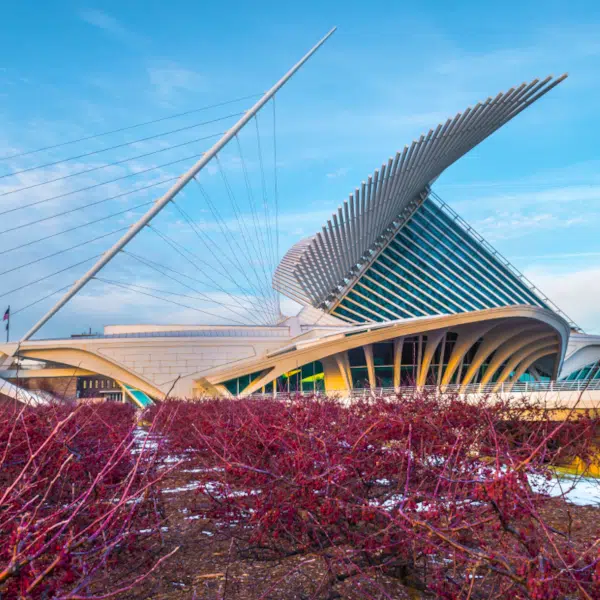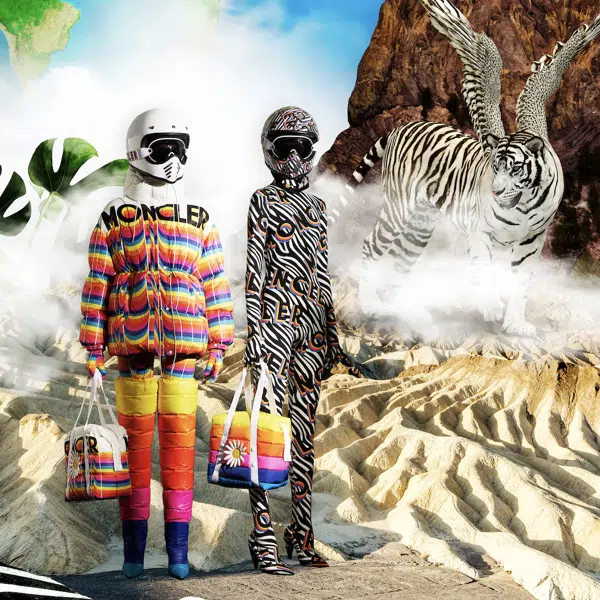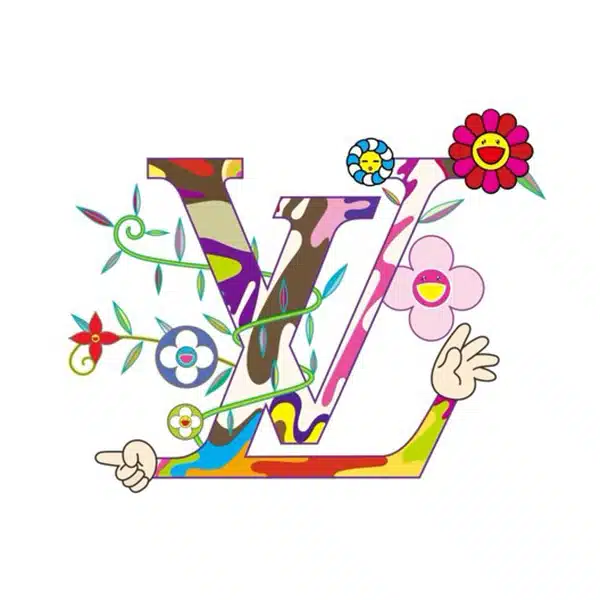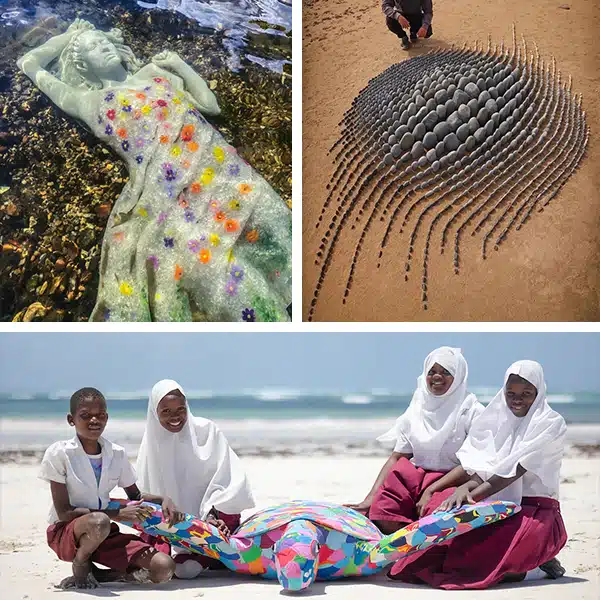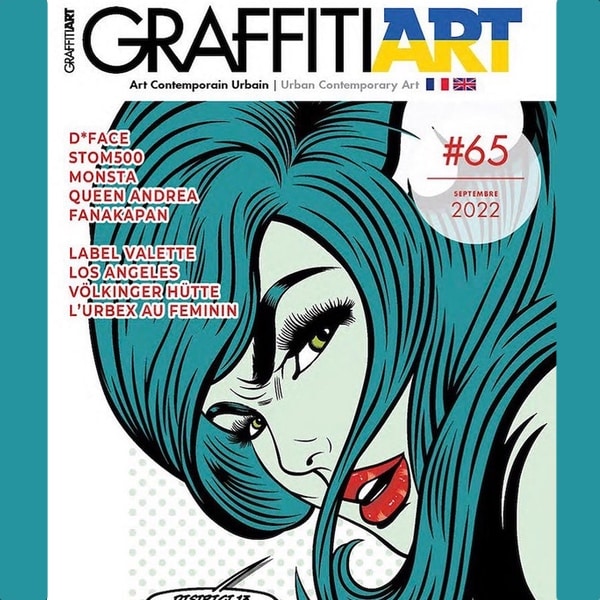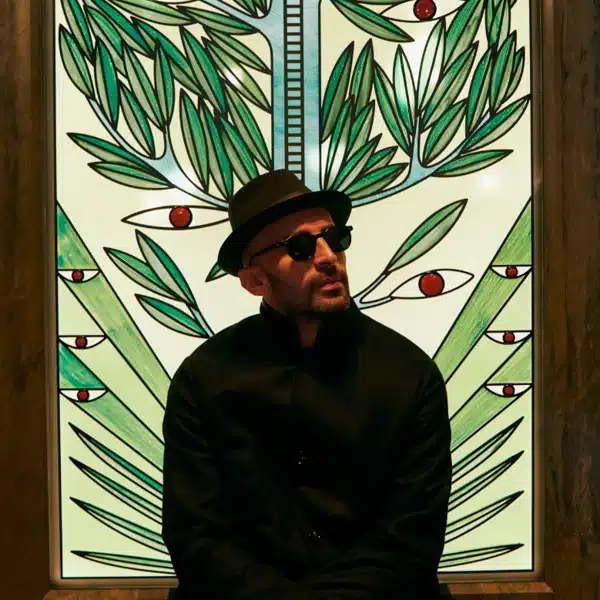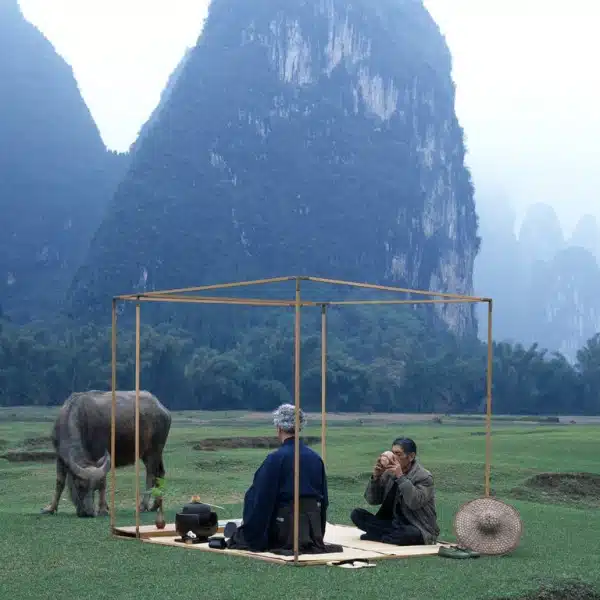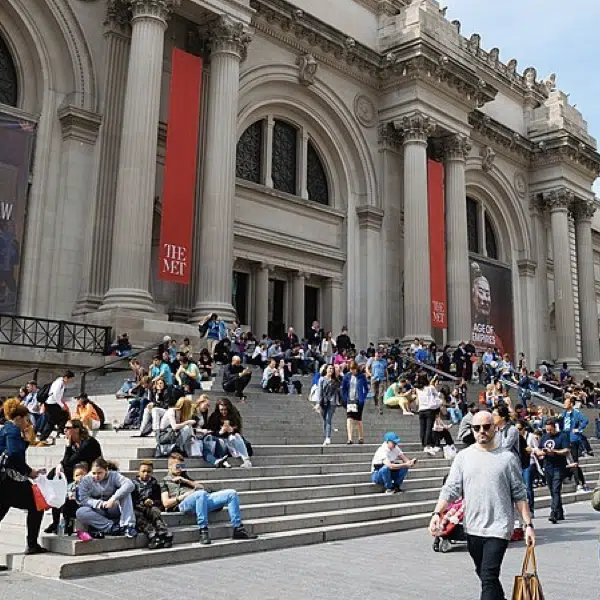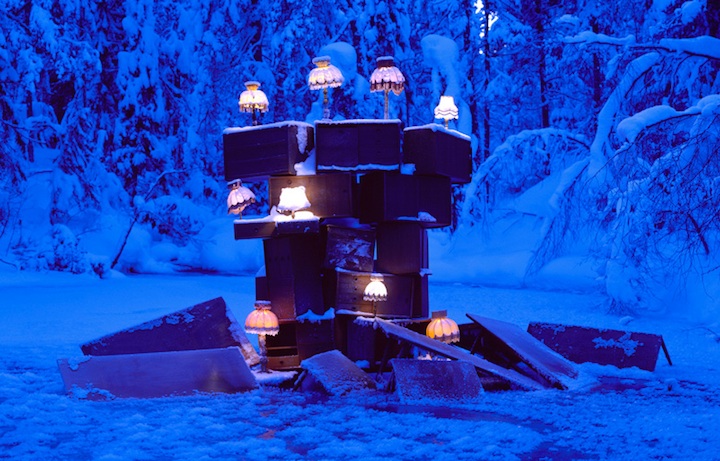
After writing about Norway-born and based conceptual artist Rune Guneriussen's Land of Lost Lamps series, I felt as though I needed to find out more. How could one come up with such whimsical installations and then photograph them so perfectly?
Lucky for us, Rune recently wrote us back to let us in on his creative process. Read that rare interview while enjoying a larger collection of his most interesting work.
Lamps

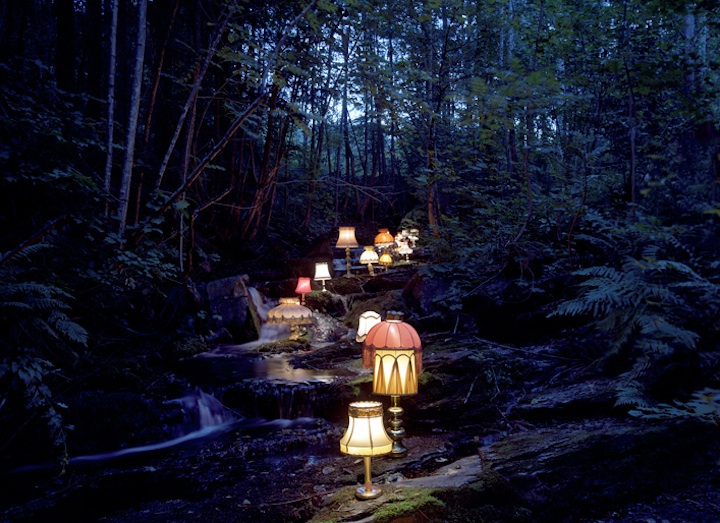
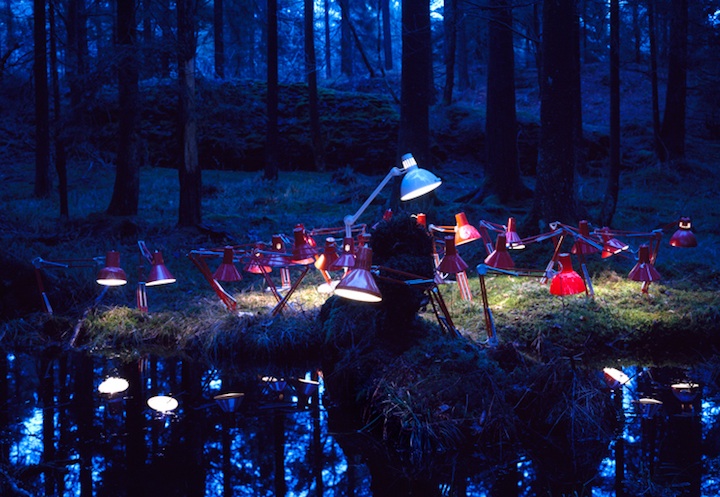
Why are lamps most often used in your installations? What do you they represent to you?
Many see the lamps as aesthetics only, you know, beautiful, magical and so on. I can easily understand this. One “image” I have in mind is when Man invented, or controlled fire. This changed mankind dramatically. One important aspect, at least for me, is the contemplating action of looking into the fire, and philosophize about the great mysteries. Today the lights are so important for us, and is providing basis for many of our tasks. The lights are of course also a significant part of our consumer culture that we all understand have to change. Most of the energy consumed today is given to us by nature on earth, and energy is an obvious connotation of the lamps as well. But the coded message of lamps are changing from image to image.
Where do your ideas come from?
My artistic aims are divided, and in terms of ideas it is a result of my personal involvement in different issues through more or less my entire life, ever since early childhood actually. It is on this basis I plan out my ideas. The concrete development of each work is a different matter. And I have to say it is a rather slow process, and not like it pops up in my head. This is also why I have been working on this project for so many years already. Some artistic processes are long, and the ideas come in this category, and several years of development can go into one picture. Nevertheless a very important aspect is an impulsive approach in the last stages of making the installation.
Globes
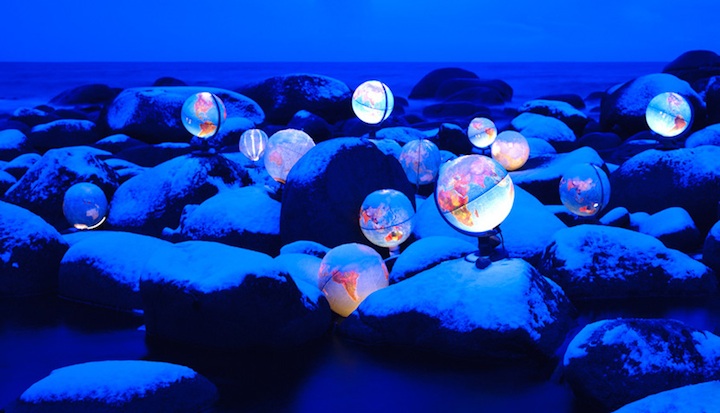
How long does it take for you execute on one of these ideas?
The most extensive one took me more than three weeks just making the installation. I really tested my own patience, and my capacity on that one. But usually a week or so, but sometimes I am lucky in my first try.
Telephones
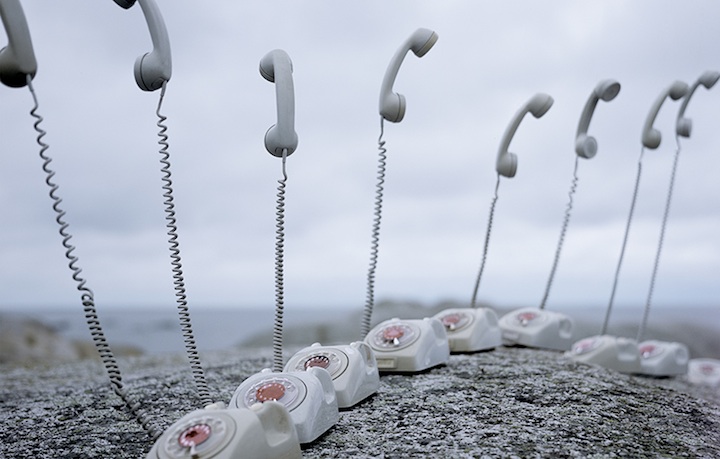
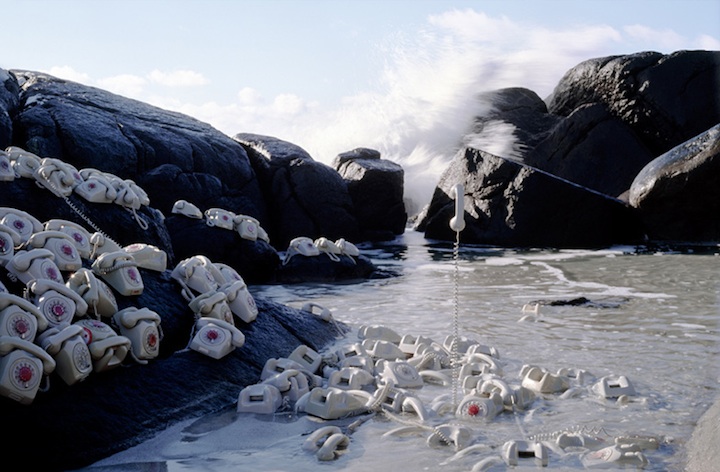
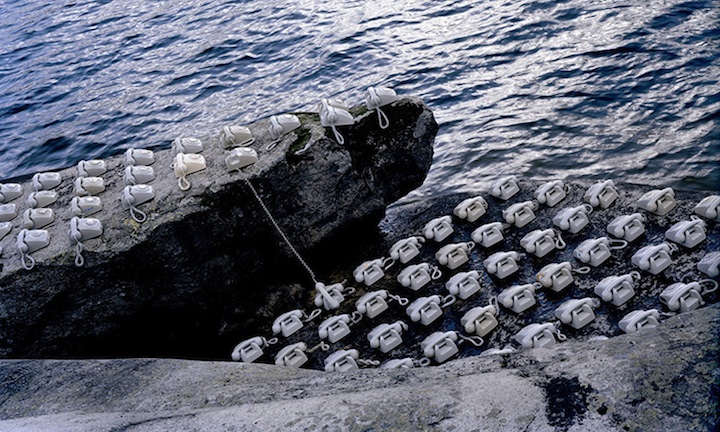
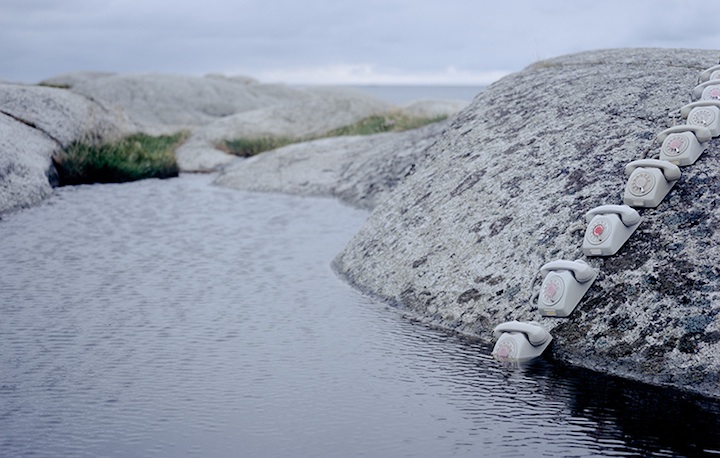
Why do you think Norway is a great backdrop for your work?
I sincerely do love my country. My knowledge of Norway, and my many trips around the country, gives me a great repertoire. This knowledge is crucial for mixing the right combination of idea and location. The untouched nature we still can find in Norway is equally important. The shifts in weather and seasons also give me a direct communication with the nature itself. Many of works have been changed in the process due to, sometimes, extreme weather.
Your installations are so well-executed. Would you say a lot of your time is spent on perfecting the details?
My works are large. Often 2 meters wide or tall. So I have to say sorry to all of those seeing my work on a screen since it reveals very little in compare to the original work on the wall. All my work is in the details. One thing is to make a good composition, and an interesting tableau. But it is in the details the work grows on you. That is where you find the information needed. This goes for life in general.
Chairs
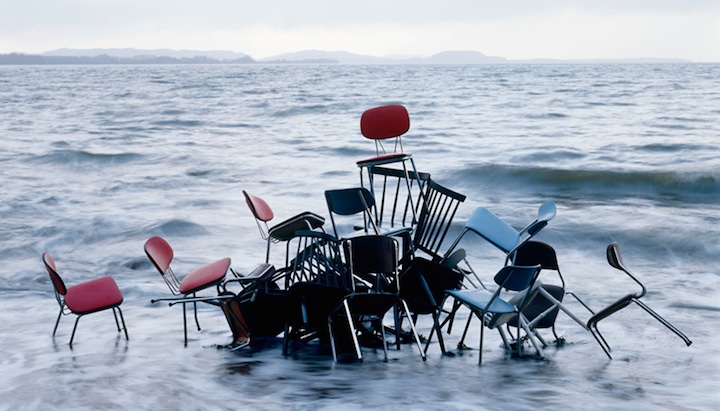


What projects are you currently working on that we can expect to see next?
I am working on so many projects at the moment, and I will not reveal them of course. I keep new works with me for a long time before publishing. Mostly because they have to stand the test of time – my time.
What advice would you give others who are interesting in putting together installations?
Do not listen to anyone else but yourself.
Thanks for the interview, Rune. Can't tell you how much we enjoy your work.











































































